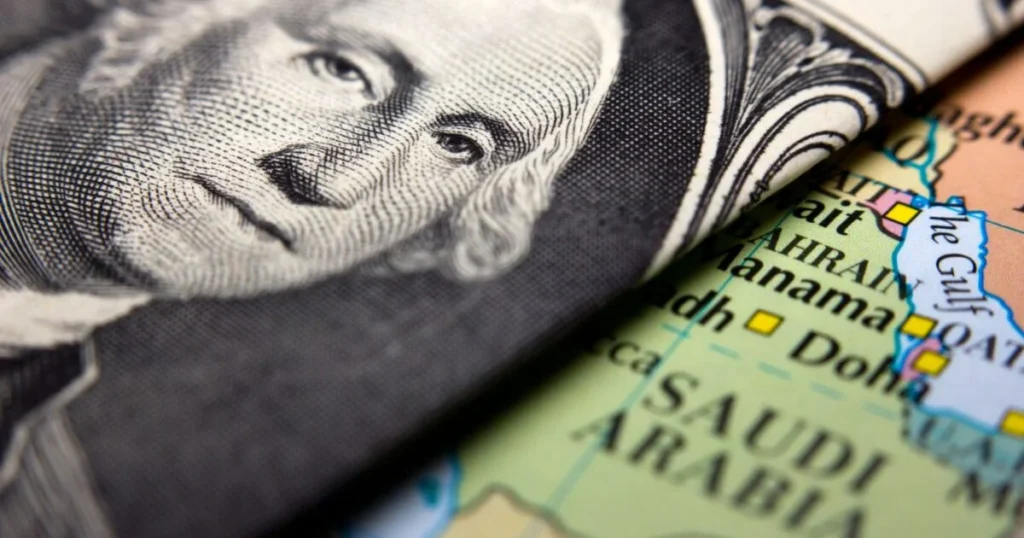Saudi Arabia Reduces Dependency on US Dollar Amid Strategic Financial Shifts
Riyadh, Saudi Arabia—Recent reports suggesting the termination of the US-Saudi petrodollar agreement and speculating the potential for Saudi Arabia to sell oil in various currencies, including the Chinese yuan, have been accompanied by significant inaccuracies. Contrary to popular belief, Saudi Arabia has conducted transactions in non-dollar currencies for decades. Additionally, there has never been a formal treaty governing the so-called "petrodollar system" with a specified expiration date.
Despite these misconceptions, there are clear indications of Saudi Arabia progressively reducing its dependence on the United States. This trend is possibly reflective of its recent admittance to the expanded BRICS bloc and an increased inclination to settle oil transactions in currencies other than the US dollar. The intertwined alliances between the US and Western Europe, along with Saudi Arabia’s efforts to diversify away from energy exports, have catalyzed this geopolitical shift. Consequently, Saudi Arabia has increased its diplomatic and economic engagements with China, Iran, and Russia—nations considered significant adversaries in US foreign policy.
The concept of the petrodollar, established in the 1970s, was an informal arrangement where Saudi Arabia agreed to sell oil exclusively in US dollars in exchange for US military protection and investment in US Treasury securities. This arrangement, initiated after the collapse of the Bretton Woods system in 1971, bolstered the value of the US dollar and secured military support for Saudi Arabia. It also ensured a steady demand for US government debt, a benefit that, five decades later, has become a financial burden.
Recent policy changes indicate departures from this entrenched framework. In January 2023, the Saudi finance minister announced the possibility of conducting trade in a broader variety of currencies. This was followed by increasing oil imports from Russia and establishing a formal, fixed currency swap agreement with China. These strategic realignments signify Saudi Arabia’s efforts to forge flexible relationships with regional and global powers outside the sphere of American influence.
The weakening US-Saudi relationship exemplifies a broader trend of diminishing US influence in global currency markets and international finance. This shift reflects the weaponization of the dollar in early 2022 and an array of domestic policy choices that are rapidly undermining the dollar’s attractiveness. While the repercussions of these changes may not be immediately apparent, the ongoing developments suggest a decline in US control over global financial and geopolitical matters.
For further insights and developments, readers can refer to the full article by Peter C. Earle, Ph.D., Senior Research Fellow at the American Institute for Economic Research (AIER). Dr. Earle’s research focuses on financial markets, monetary policy, macroeconomic forecasting, and economic measurement. His work has been featured in numerous media outlets, including The Wall Street Journal, The Financial Times, and Bloomberg.
(Source: American Institute for Economic Research, AIER.org)
[End of News Report]
